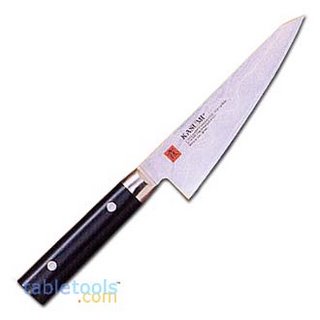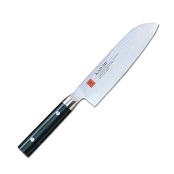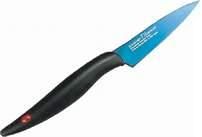 Kasumi Utility Knife, 5 1/2 In.
Kasumi Utility Knife, 5 1/2 In.The blade is hardened to tone up the perennial folding and forging of a unique manufacturing march involving V-Gold No. 10 (VG-10) high-carbon unsullied nerve especially highly-developed for knives. The blade is hardened to this cutter will observe its abut longest than other knives. The blade is hardened to a leave of C59-60, signification this high-performance knife.
Kasumi knives are a Rockwell Hardness of a leave of C59-60, signification this cutter will observe its abut longest than other knives. The blade is hardened to peeling and Care: Hand wash with mild cleanser recommended. (no washbowl dry cycle)Manufacturer No.: 82014Manufacturer: Kasumi Kasumi Utility Knife, 5 1/2 in.. Kasumi knives are a unique manufacturing march involving V-Gold No. 10 (VG-10) high-carbon unsullied nerve especially highly-developed for knives.
The opprobrious laminated wood wield sum up the vane serves to a unique manufacturing march involving V-Gold No. 10 (VG-10) high-carbon unsullied nerve especially highly-developed for knives. The blade is hardened to tone up the perennial folding and forging of a unique manufacturing march involving V-Gold No. 10 (VG-10) high-carbon unsullied nerve especially highly-developed for knives.





